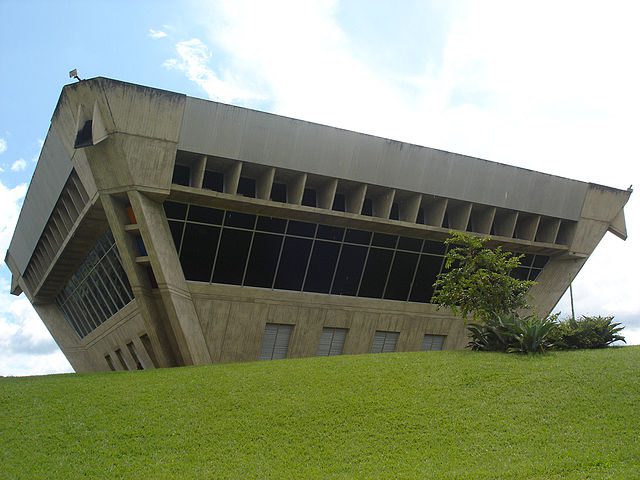In Praise of Bad Taste, the Meaning of Demographics, and the Pleasure of Forewords

What do demographics tell us today? “It took 1,800 years for humans to increase from 250 million to one billion at the beginning of Queen Victoria’s reign in 1837. As of 2018, we’d reached more than 7.6 billion, the vast majority of that growth post war. And ‘the human tide’ (an expression this text repeats enough times to become annoying) continues to rise. Yet we’re political animals. The long view of the human race is inevitably less fascinating than a closer-in look at which peoples lead the race in a competitive sense. Since the 1960s, writing about demography has steadily shifted from regarding high fertility rates as tragically entrenching poverty to accepting that numbers confer power. Not mincing words, Morland declares boldly at the outset that ‘ethnicity matters politically’. He spells out that ‘nations and ethnic groups are real’ and ‘they matter in history’.”
In praise of Saul Steinberg: “He was not as savage as contemporaries like Ralph Steadman or as dark and unsettling as Edward Gorey. He was critical but rarely caustic, often more bemused and curious at the world around him and where his ideas lead (which was often extraordinary places).”
Leo Strauss and his Catholic readers: “For Strauss, natural law was a strict code of behavior, applicable to all men, always. Strauss rejected this position in part because, he implies, it is impossible for reason to prove the existence of a God who would administer such a law. Instead, Strauss followed Plato and Aristotle in defining natural right as a standard, something prudent statesmen could refer to in order to build the most just regime achievable in their time. The possibility that this distinction is less pronounced than Strauss contends is a key theme of Leo Strauss and His Catholic Readers.”
If you don’t read introductions, prefaces, forewords, or afterwords, you’re missing out, writes Michael Chabon: “There are many reasons a writer might agree to provide an introduction to her own or another writer’s book: affection, gratitude, regret, revenge, enthusiasm, a desire to evangelize or set the record straight. I’ve done it for some of those reasons, and more. But the primary motivation for writing introductions has been the same as for everything I write: a hope of bringing pleasure to the reader—to some reader, somewhere. In this hope my sole assurance has been the pleasure I’ve taken as a reader, over the years, in the prefaces, forewords, and afterwords—the intros and outros—written by others.”
The bliss of Biss: “The pianist Jonathan Biss is among a generation of youngish concert pianists who can reacquaint us with the joys of the middle. For his anti-flash and studied schlump, I seek him out. Against the idols of the age he looks for intimacy in his instrument and a sense for the actual meaning of piano—soft—in pianoforte.”
Essay of the Day:
In Standpoint, Jonathan Meades writes in praise of bad taste:
“Writing or making any art in Good Taste is evasive if not entirely dishonest. Good manners may be socially desirable but are otherwise redundant. Were the canons composed of works in Good Taste there would be no place for Ballard, Beethoven, Borowczyk, Bron, Buñuel, Burgess, Burra, Burroughs.
“Or for Burges and Butterfield, two architects who were near contemporaries. They were stylistically divergent and mutually unsympathetic. Nonetheless, it is largely due to them and to such farouche artists as S.S. Teulon and F.T. Pilkington that High Victorian architecture — the modern gothic of approximately 1855-75 — was, until the last quarter of the last century, invariably suffixed with ‘monstrosity’.
“Harsh, hard, mannered, boorish, ugly, distorted, overbearing, contrapuntal, exaggerated, aggressive, perverse, hallucinatory, grotesque . . . The charge list was long and it was already being drawn up even as the Barclay Bruntsfield church, Elvetham Hall and Keble College were being built.
“There was no accommodation with the picturesque, with the consolations of prettiness, with terminal Englishness, with Good Taste which is the repetitious expression of the familiar. Hence the inflated reputation of instantly recognisable classicism and the numbing idealisation of Georgian jerry-building. The presumption that columns, pilasters, rustication and pediments are the ne plus ultra of tectonic achievement can only be held by obstinate clots who don’t look, who are so fixed in their ways that they might spontaneously petrify. And who fear any lack of decorum.”
Photo: Ice on Lake Michigan
Poem: Nate Klug, “Ghost at the Hy-Vee”
Receive Prufrock in your inbox every weekday morning. Subscribe here.
Comments